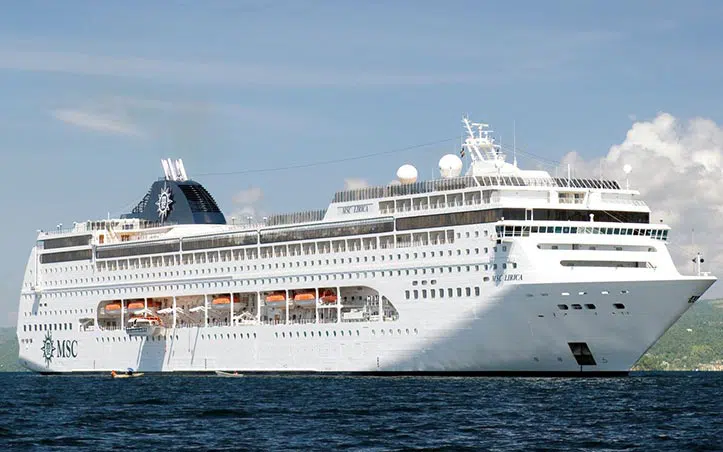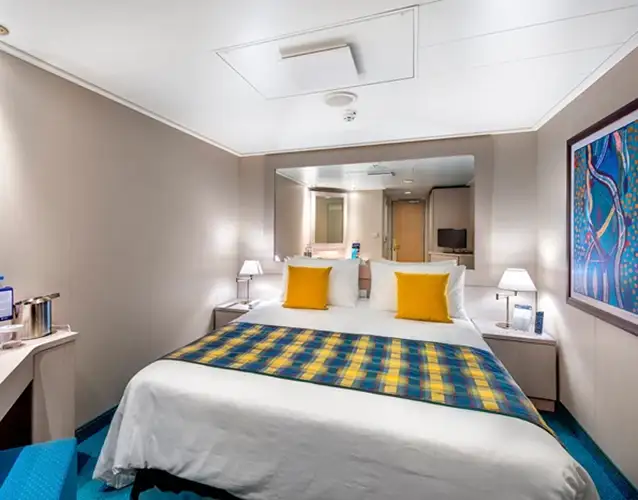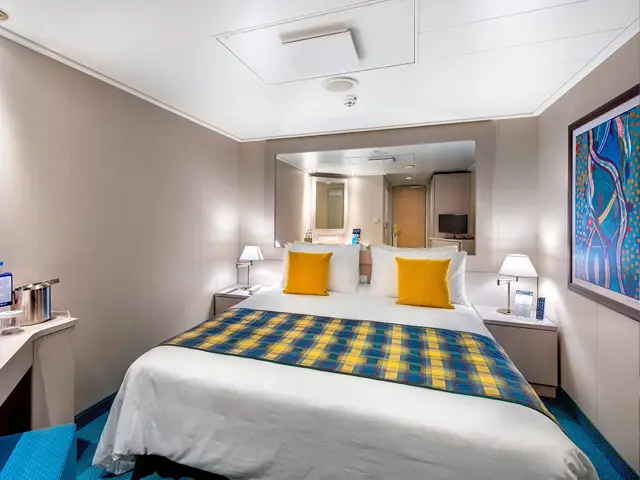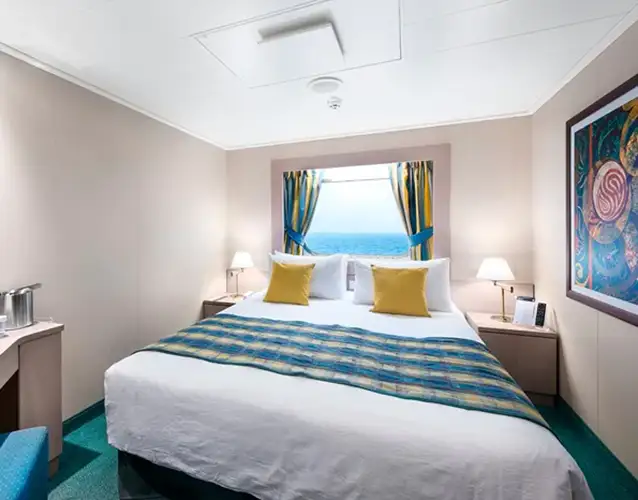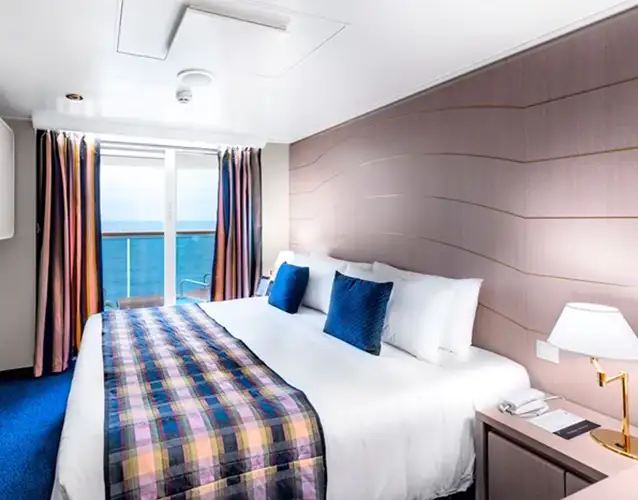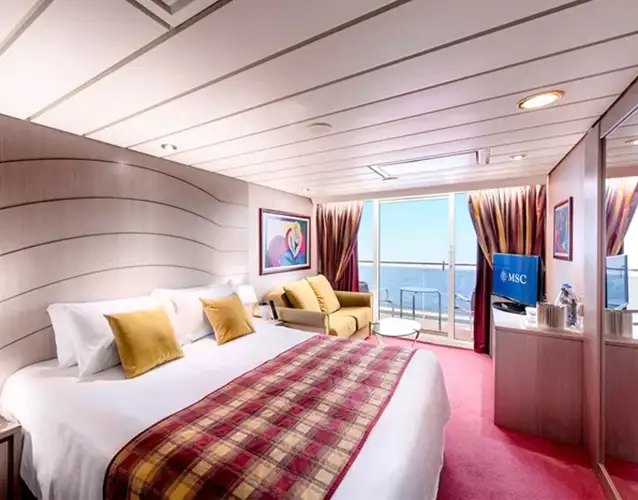MSC Cruises Greek islands: 7 nights from Ancona with MSC Lirica
Apr 10, 2026
Italy, Montenegro, Greece
Cruise itinerary
Departure Port: Ancona ➞
Landing: Ancona
-
Friday, April 10, 2026 - 8:30 PMAncona
-
Saturday, April 11, 2026 7:00 AM - 4:00 PMVenice
-
Sunday, April 12, 2026 3:00 PM - 8:30 PMKotor
-
Monday, April 13, 2026Navigation
-
Tuesday, April 14, 2026 10:00 AM - 11:59 PMMykonos
-
Wednesday, April 15, 2026 12:01 AM - 1:00 AMMykonos
-
Wednesday, April 15, 2026 7:00 AM - 4:00 PMSyros
-
Thursday, April 16, 2026Navigation
-
Friday, April 17, 2026 2:00 PMAncona
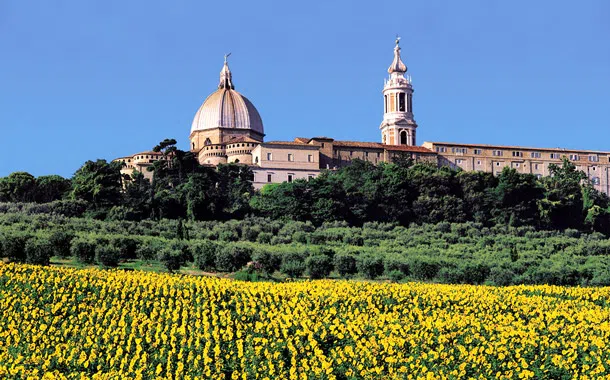
Ancona
Explore the Adriatic Gem: AnconaAncona, a city rich in history and culture on Italy's Adriatic coast, offers a unique gateway to the Mediterranean. From its ancient Roman roots to its medieval charm, Ancona provides a captivating backdrop for your cruise departure. Discover the bustling port, the historic Arch of Trajan, and the impressive Cathedral of San Ciriaco before embarking on a journey to the stunning islands and vibrant cities of the Adriatic and beyond. The city's welcoming atmosphere and beautiful coastline set the perfect tone for a relaxing and enriching voyage.
Cruise to Unforgettable DestinationsCruises departing from Ancona are your ticket to exploring diverse and enchanting locales. Whether you dream of island hopping in Greece, discovering the historical treasures of Croatia, or soaking up the sun on Montenegrin beaches, Ancona offers itineraries to suit every desire. Enjoy the convenience of a well-connected port, allowing you to seamlessly transition from Italian charm to the open sea. Each journey from Ancona promises breathtaking views, cultural immersion, and moments of pure relaxation, making every day at sea a new discovery.
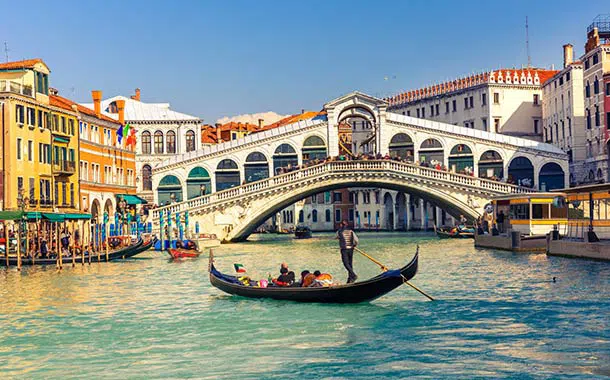
Venice
Setting sail from Venice on a cruise ship is unique and unforgettable. Discover all the cruises that depart from Venice for a great start to your holiday!
Venice it is one of the golden destinations of our age. A unique city of 120 islands, with an ancient history and endless waterways, it attracts a constant flow of tourists from all over the world to see its inspiring architecture and navigate its canals.
There are many souvenirs you can bring home from Venice, but the most lasting memory will be your impression of the city itself.
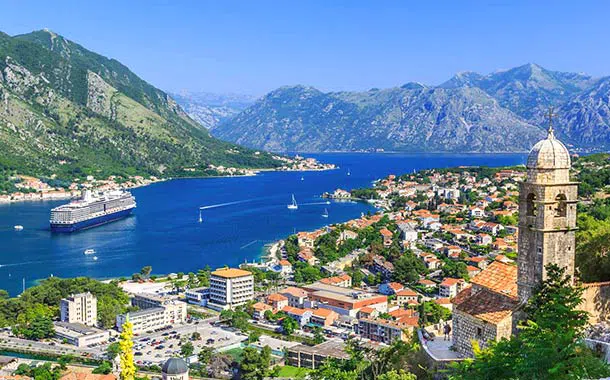
Kotor
The Adriatic Sea penetrates the jagged coast of Montenegro and winds between high mountains until it meets the exquisite and walled medieval city of Kotor.
Along the Adriatic coast of the former Yugoslavia, we find one of the most unique and fascinating European coastal areas, the city hidden in Montenegro, Kotor.
Located at the bottom of a bay, the beautiful medieval city of Kotor is considered a Mediterranean location surrounded by cliffs and an interesting historic wall. The tourist attractions of Kotor are easily reached with a pleasant walk. This small walled city, declared a UNESCO World Heritage Site, has compact dimensions that make it comfortable and easy to visit.
The central part of Kotor was built between the XII and XIV centuries. A historic center surrounded by a rather thick wall, four and a half kilometers long and fifteen meters high. This immense fortified wall reaches the bastion of Sveti Ivan (San Giovanni).
Inside the walls, it preserves an urban network cut into the stone. Its most emblematic work is the Cathedral of San Trifone, built in the 12th century. Inside the church it contains objects and frescoes sculpted during the 14th century. Furthermore, The Orthodox Church of San Nicolas, built between 1902 and 1909 in neo-Byzantine style and that of San Luca (13th century) built in Romanesque and Byzantine style.
Together with the churches, the city includes many palaces that tell its history: the Maritime Museum, located in the Grgurina Palace, a splendid baroque building located in the historic center of the country. The Drago house, with its beautiful Gothic windows, the Prima building, where Renaissance and Baroque lines are combined, the Ducal Palace and the Bizanti, both from the 17th century and the Napoleonic theater in the 19th century.
In Kotor, it is very common to see locals located along the rocky coast in the lower part of the city. In the old part of the area you will find many shops and restaurants that will delight your eyes. This location is the classic ideal city to spend quiet days or for a romantic getaway.
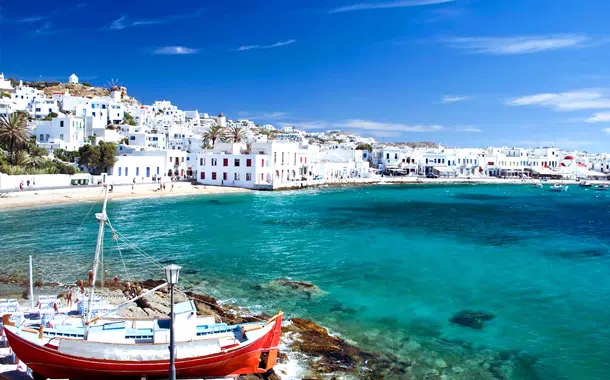
Mykonos
Mykonos is an extremely fun and fascinating place, where the frenetic mix of vacationers, fashionistas and celebrities is magically subdued to the cubist charm of the old town.
Mykonos is famous for being a cosmopolitan destination among the Greek islands and widely recognized as one of the meccas of great tourism. It is one of the most touristy islands in the Aegean Sea. Mykonos tends to be extremely crowded with visitors in July and August. The best time to visit Mykonos is mid-May through June (early in the season, accommodation is much cheaper and it's not that hot), or from September to mid-October.

Mykonos
Mykonos is an extremely fun and fascinating place, where the frenetic mix of vacationers, fashionistas and celebrities is magically subdued to the cubist charm of the old town.
Mykonos is famous for being a cosmopolitan destination among the Greek islands and widely recognized as one of the meccas of great tourism. It is one of the most touristy islands in the Aegean Sea. Mykonos tends to be extremely crowded with visitors in July and August. The best time to visit Mykonos is mid-May through June (early in the season, accommodation is much cheaper and it's not that hot), or from September to mid-October.
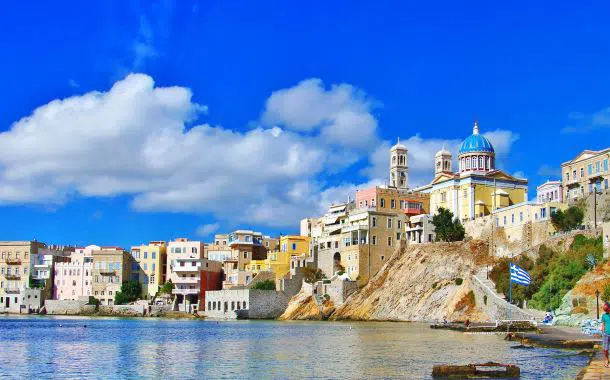
Syros
Built by the Venetians in the early 13th century on the hill of San Giorgio, Syro preserves a particularly medieval atmosphere. Countless passages between narrow streets and houses with colored doors lead to the top of the city. In addition to its urban and cultural life, Syro offers several beaches, such as those of Azolimnos and Galissas, made up of golden sand and transparent waters.
The small Siro is located in the central part of the Cyclades islands, in the waters of the Aegean Sea. It is characterized by the variety of its landscapes and Venetian architecture, the northern part is mountainous, while the interior alternates between low hills and cultivated fields. The coast is 87 km long and winds between headlands and large beaches, such as that of Ermopoli to the east and Finikas to the west. The architecture of Siro, although sharing the Cycladic characteristics, derives from the Venetian domination of the island and the rest of the Cyclades. During the Venetian occupation, the majority of the population converted to Catholicism, so Siro preserved, at the time, a significant percentage of Catholics compared to the rest of Greece, mostly Orthodox. During the Greek War of Independence in 1821, the island of Syro remained neutral under French protection, welcoming a large number of Greek refugees from all over the world to escape the horrors of the war. That mass of refugees managed to make the economy and culture of the island's capital flourish, becoming the commercial and cultural center of Greece. Today Ermopoli, queen of the Cyclades, is the capital and main port of Siro. The port rises on a natural amphitheater and is characterized by its neoclassical buildings and white houses. Among the most important buildings are: the imposing town hall (built in 1889 by Ernst Ziller) and the Apollo Municipal Theatre (in 1864), considered a miniature copy of the Teatro alla Scala in Milan. The island has 17 villages, all to be discovered. Also called the Manchester of Greece, the city has some important religious monuments such as the churches of Metamorfosis tou Sotiros, Agios Nikolaos, Ploussio and Kimisis tis Theotokou. Do not miss the Catholic community with the cathedral of San Jorge and the Vaporia district which highlights the large churches and neoclassical buildings. The Archaeological Museum and its Library has a remarkable collection of artifacts, containing numerous interesting and truly rare editions.
Ancona
Explore the Adriatic Gem: AnconaAncona, a city rich in history and culture on Italy's Adriatic coast, offers a unique gateway to the Mediterranean. From its ancient Roman roots to its medieval charm, Ancona provides a captivating backdrop for your cruise departure. Discover the bustling port, the historic Arch of Trajan, and the impressive Cathedral of San Ciriaco before embarking on a journey to the stunning islands and vibrant cities of the Adriatic and beyond. The city's welcoming atmosphere and beautiful coastline set the perfect tone for a relaxing and enriching voyage.
Cruise to Unforgettable DestinationsCruises departing from Ancona are your ticket to exploring diverse and enchanting locales. Whether you dream of island hopping in Greece, discovering the historical treasures of Croatia, or soaking up the sun on Montenegrin beaches, Ancona offers itineraries to suit every desire. Enjoy the convenience of a well-connected port, allowing you to seamlessly transition from Italian charm to the open sea. Each journey from Ancona promises breathtaking views, cultural immersion, and moments of pure relaxation, making every day at sea a new discovery.
